Fulcrum unveils Speed 25 climbing wheels: lightweight and beautifully engineered
Built in Europe and swimming in neat little features
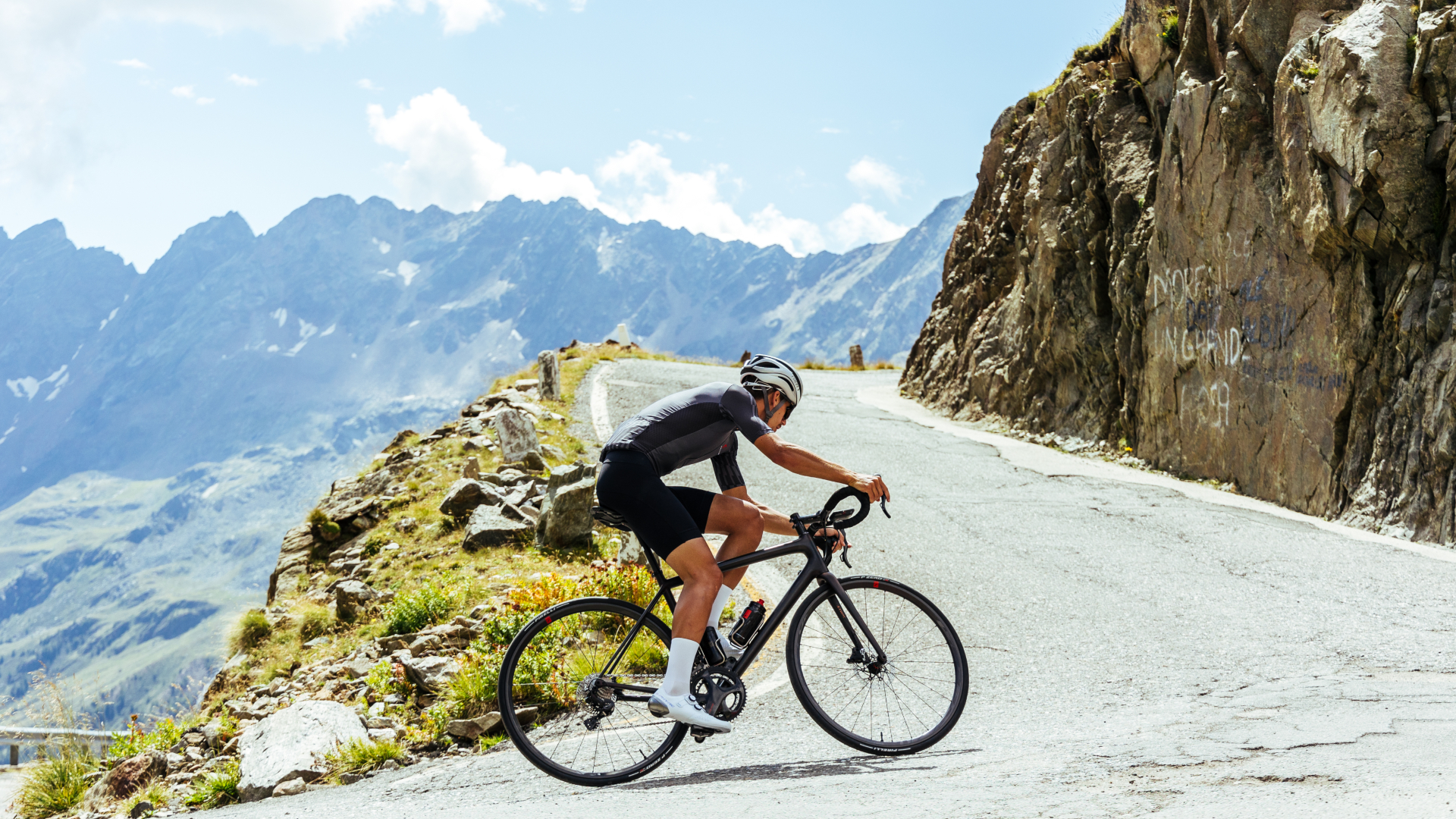

Fulcrum has just launched its latest and greatest climbing wheels: the Speed 25. The headline stats for these are a 1,285g claimed weight, a 26mm rim depth and a price tag that starts at $2,516.00 / £1,999.99 for the Shimano freehub.
These wheels are packed full of clever tech, but the particulars end up sounding a little familiar, and that’ll be because they are.
Fulcrum is a subsidiary brand of Campagnolo and, as such, their wheels share a lot of the same innovations – most of the features present in the Fulcrum Speed 25 wheels are there on Campagnolo’s new Levante wheels (which I’ve also got on test).
But whilst the precise features of the Speed 25 wheels aren’t exactly new, the total package of the lightweight climbing platform is. So let’s take a look at the tech.
The rims
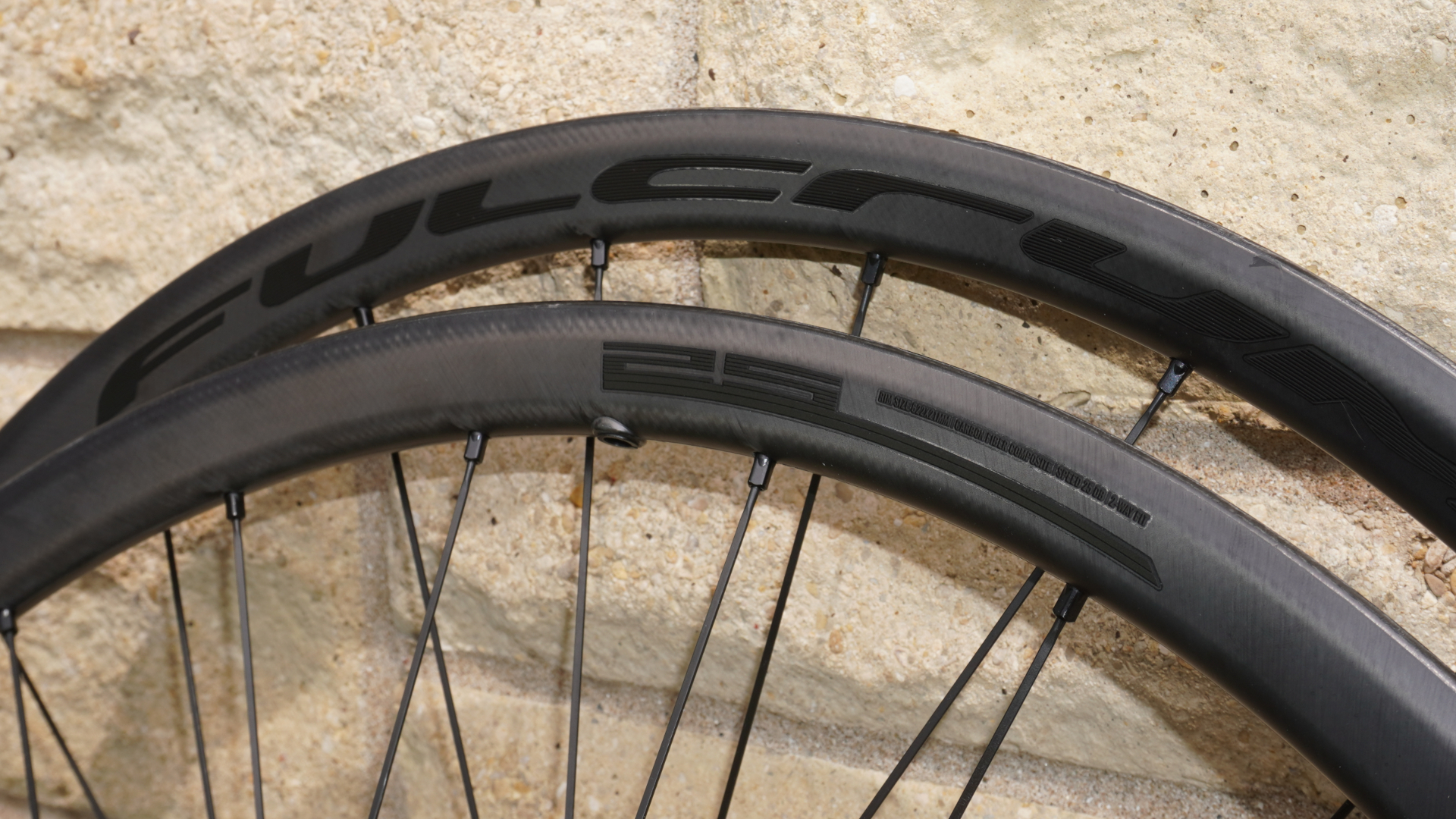
To make tubeless setups easier, Fulcrum has equipped the Speed 25 wheels with its 2-Way Fit system, meaning that the rim bed isn't drilled and is naturally completely airtight – eliminating the need for tubeless rim tape.
The rims also feature 'mini-hooks', which mean that the wheels still count as hooked by ETRTO standards – allowing you to fit a greater range of tyres. But their smaller size and shape means that most of the same benefits you get from hookless rims (easier and less wasteful construction, plus a lower weight) get conferred. Fulcrum pitches it as the best of both worlds.
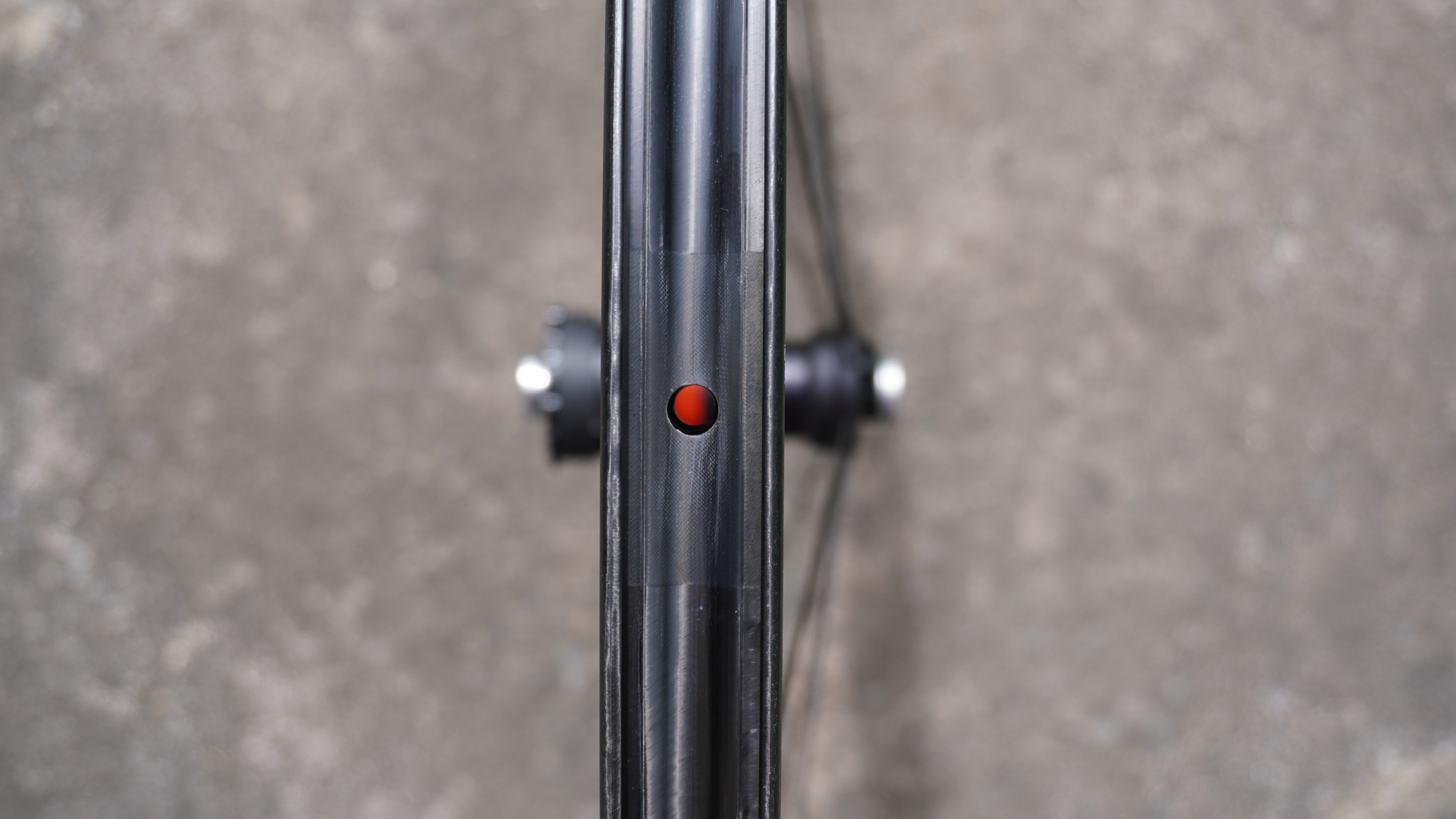
Further saving weight is the 'direct inmold matt finish', which means that the wheels don't need any further treatments painted on. Happily for me, the matt finish also makes the Speed 25 a lot easier to photograph than the glossy finish of the Levante or Rapid Red Carbon wheels, although a similar process is used for both of them.
Turning now to the profile, the 26mm depth is quite shallow, even for climbing wheels these days. Many tend to be around 30mm, for the additional aero benefits – although there are more factors that make up a wheel's CdA than just the depth.
On the front wheel, the profile is kept symmetrical for better aerodynamics, whilst the rear rim is giving an asymmetric profile to better compensate for the dishing of the rear hub.
Inside, the internal rim width is 21mm, which isn't boundary pushing for a modern road wheelset, but is still in line with most of the market.
The spokes
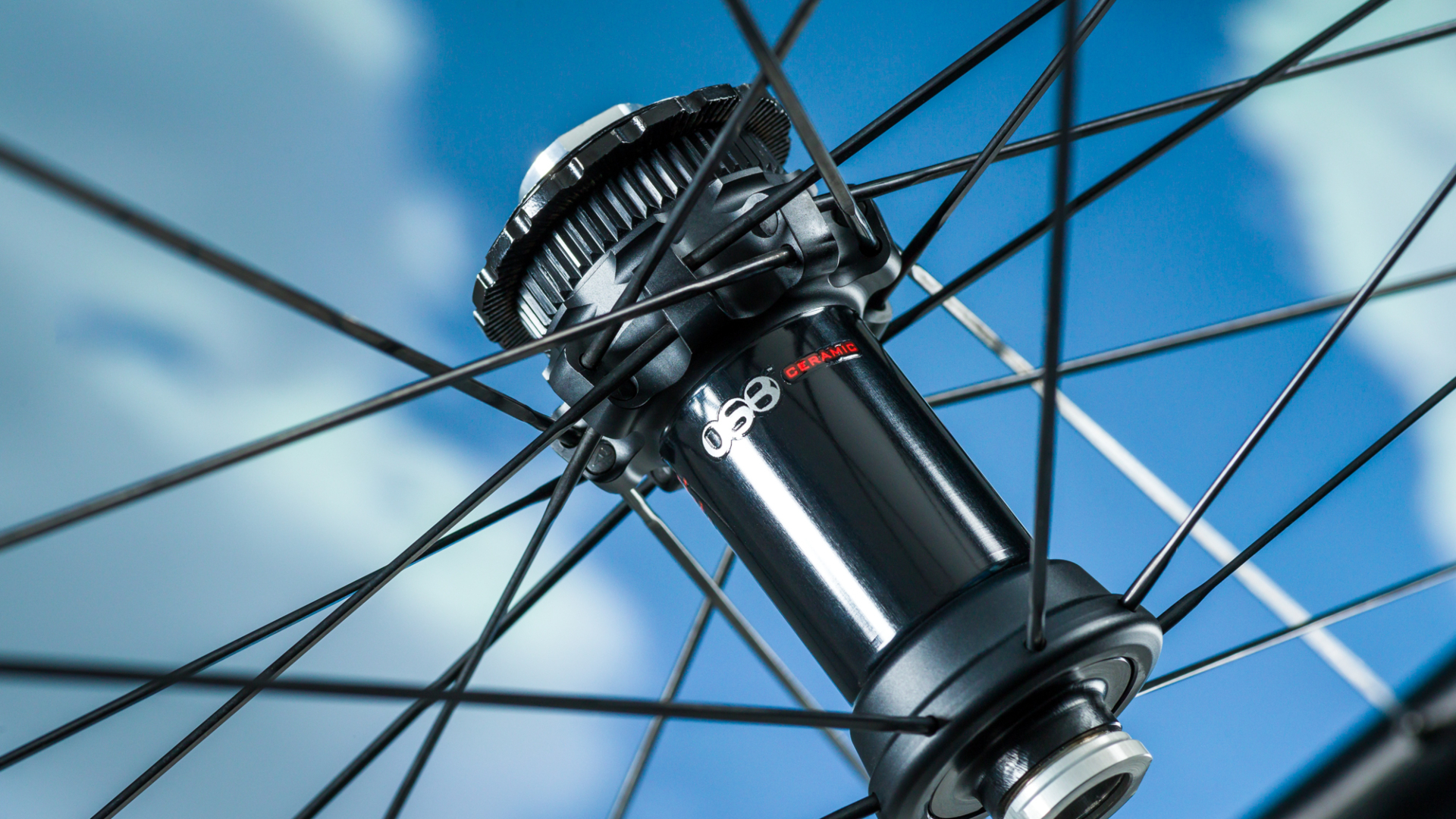
The spokes, like the rest of the wheelset, are manufactured in-house by Fulcrum in their European factory. They are straight pull and bladed, which should make them stronger whilst still being easy to tension - you can hold the spoke in place and turn the nipple, round straight pull spokes can spin.
The lacing pattern has been arranged so that the spokes don't touch each other at the points where they cross over. Potentially this will lead to better longevity and removes the possibility of squeaking in dry and dusty conditions.
The hubs
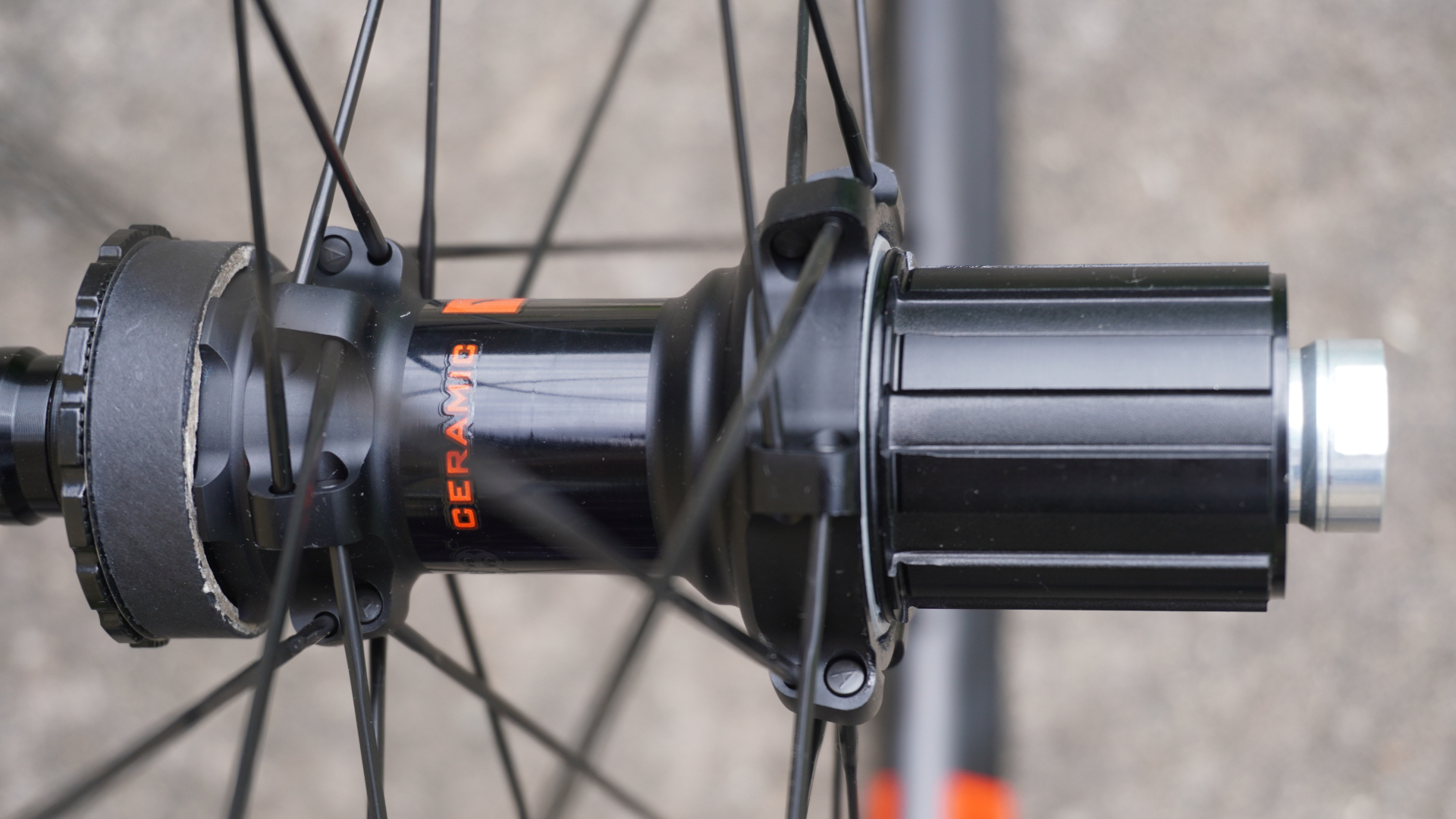
Again, the hubs are made by Fulcrum itself and utilises USB ceramic bearings, which Fulcrum says reduces the rolling resistance compared to standard bearings by 50%.
Rather than seal cartridge bearings, Fulcrum uses a cup-and-cone system – which is arguably easier for a home mechanic to adjust and service, as well as purportedly offering lower rolling resistance still.
Comparison
| Header Cell - Column 0 | Hunt 32 Aerodynamicist | Fulcrum Speed 25 | Enve SES 2.3 |
|---|---|---|---|
| Weight | 1,213g | 1,285g | 1,197g |
| Depth | 32mm | 26mm | 28mm |
| Internal rim width | 21mm | 21mm | 21mm |
| US price | $1,519 | $2,516.00 | $2,850 |
| UK price | £1,199 | £1,999.99 | £3,100 |
To sit around 12 hundred grams is lightweight as far as any wheel goes. But whilst the new Fulcrum Speed 25 wheelset does place itself within this range, there are lighter options on the market.
Most notably the Hunt 32 Aerodynamicist, which are not only lighter, but cheaper too. At the other end, the Enve SES 2.3 cost about a grand more than the Fulcrum Speed 25, but they do manage to limbo under the 1,200 gram mark – which is an impressive feat.
And whilst looking only at the rim depth is a pretty lazy shorthand for aero performance – there are many factors that play together for a wheel's CdA; sometimes a slightly shallower wheel can prove faster – in the current absence of any comparative testing, it is worth noting that the Fulcrum Speed 25 wheels are shallower than both the Hunt and Enve offerings.
But with that all said, there are so many features of the Fulcrum Speed 25 wheels that are simply pleasing. Take the spokes for instance, just how much of a performance benefit the lacing pattern provides is a fair question – but that attention to detail is quite satisfying.
I'll go further into all these details (there are a lot) in my full review, but for now to sum up: there are lighter climbing wheels out there for less and genuinely superlative ones for more – those looking for best value or best very best performance would probably be best served elsewhere.
But for those who really appreciate all those little touches and features that these wheels are dripping in, the Speed 25s are one to keep an eye on.

Thank you for reading 20 articles this month* Join now for unlimited access
Enjoy your first month for just £1 / $1 / €1
*Read 5 free articles per month without a subscription

Join now for unlimited access
Try first month for just £1 / $1 / €1
Get The Leadout Newsletter
The latest race content, interviews, features, reviews and expert buying guides, direct to your inbox!

After winning the 2019 National Single-Speed Cross-Country Mountain Biking Championships and claiming the plushie unicorn (true story), Stefan swapped the flat-bars for drop-bars and has never looked back.
Since then, he’s earnt his 2ⁿᵈ cat racing licence in his first season racing as a third, completed the South Downs Double in under 20 hours and Everested in under 12.
But his favourite rides are multiday bikepacking trips, with all the huge amount of cycling tech and long days spent exploring new roads and trails - as well as histories and cultures. Most recently, he’s spent two weeks riding from Budapest into the mountains of Slovakia.
Height: 177cm
Weight: 67–69kg
-
 A bike rack with an app? Wahoo’s latest, and a hub silencer – Sea Otter Classic tech highlights, Part 2
A bike rack with an app? Wahoo’s latest, and a hub silencer – Sea Otter Classic tech highlights, Part 2A few standout pieces of gear from North America's biggest bike gathering
By Anne-Marije Rook
-
 Cycling's riders need more protection from mindless 'fans' at races to avoid another Mathieu van der Poel Paris-Roubaix bottle incident
Cycling's riders need more protection from mindless 'fans' at races to avoid another Mathieu van der Poel Paris-Roubaix bottle incidentCycling's authorities must do everything within their power to prevent spectators from assaulting riders
By Tom Thewlis